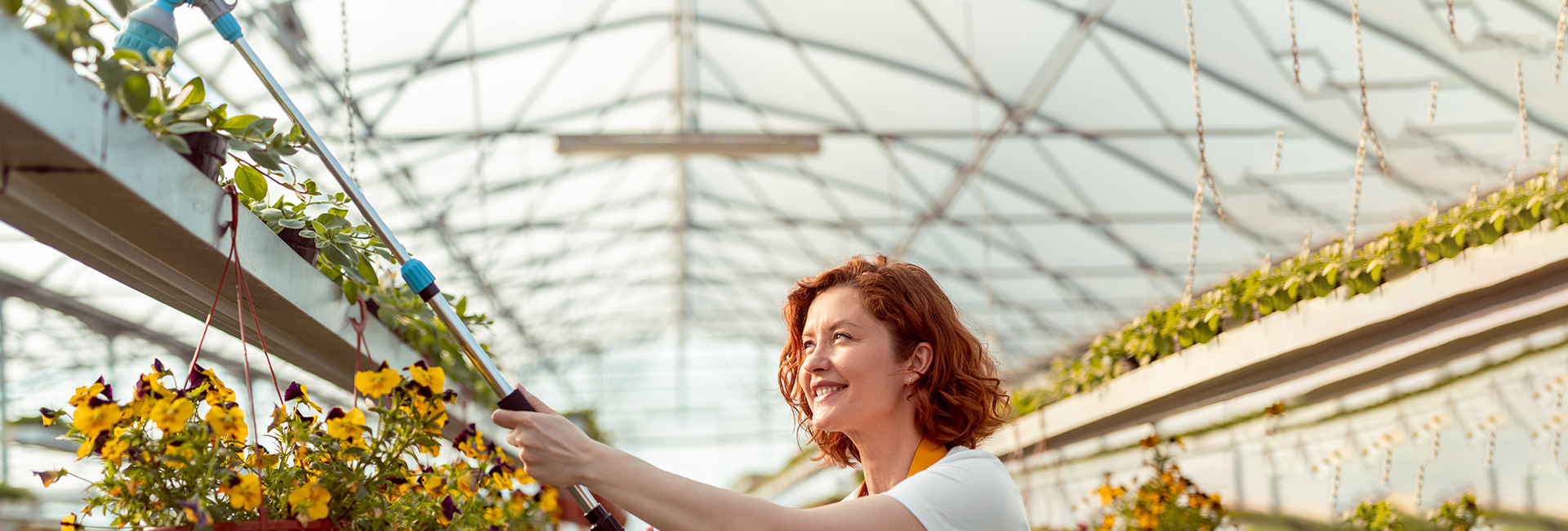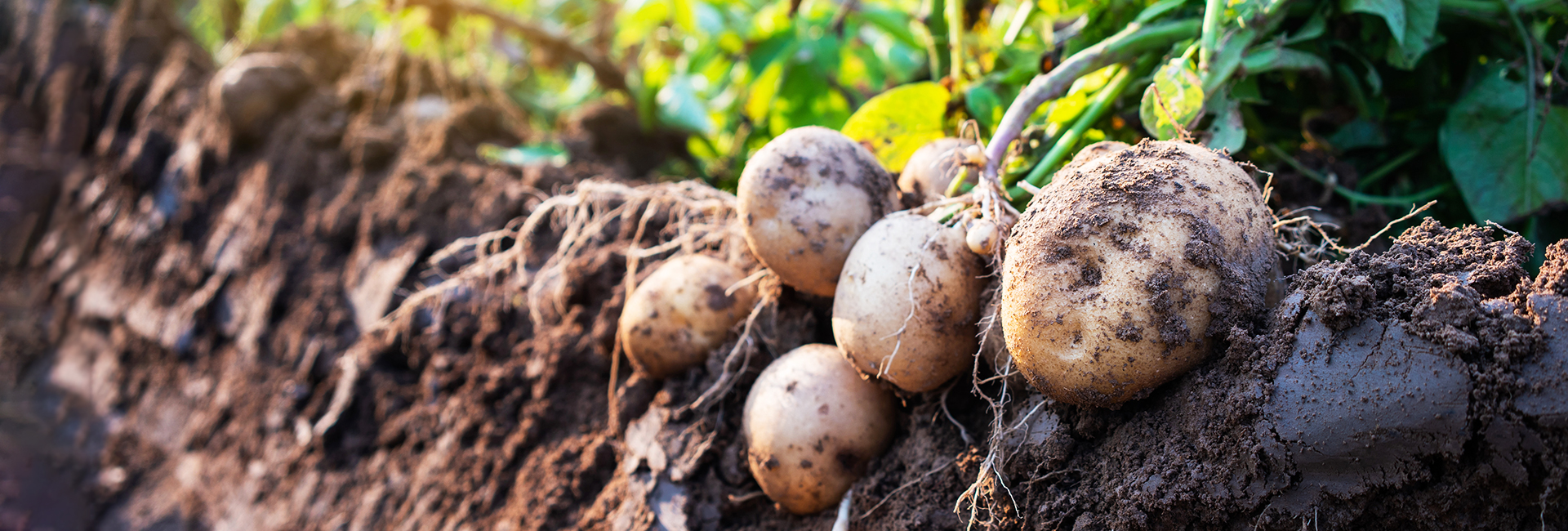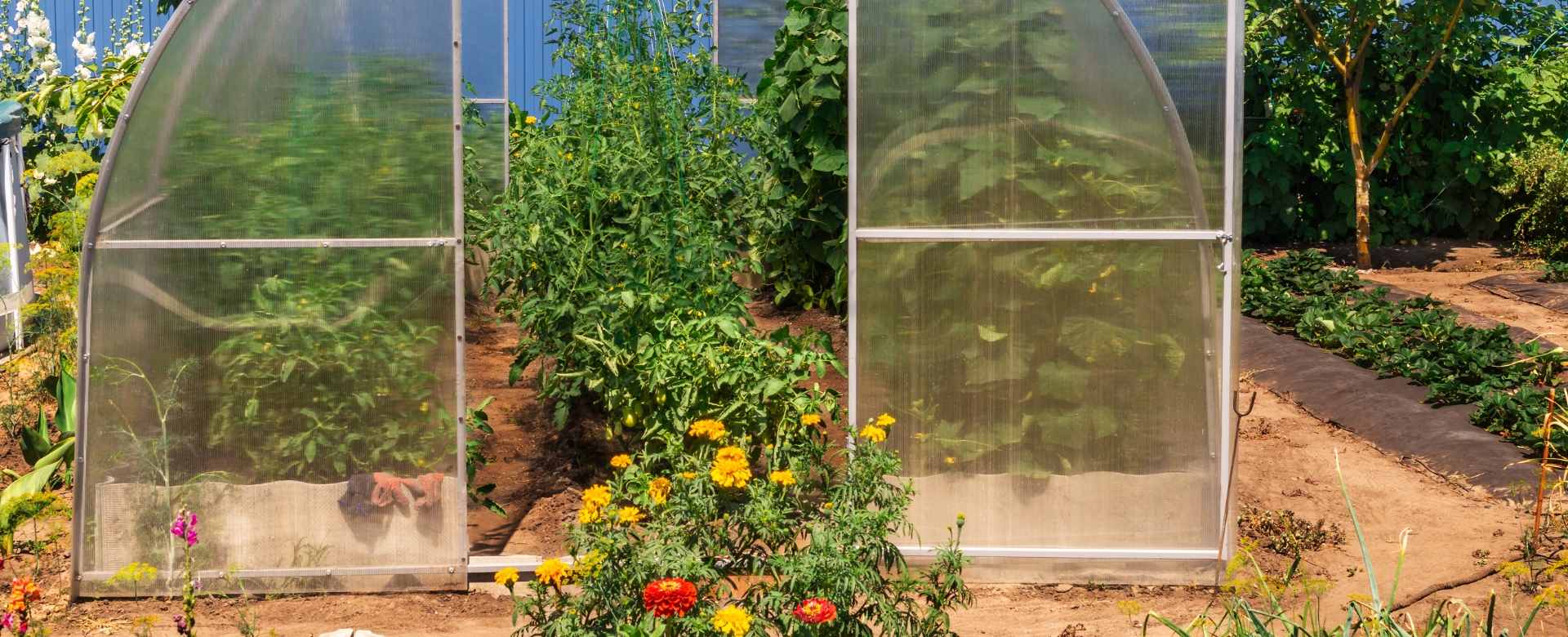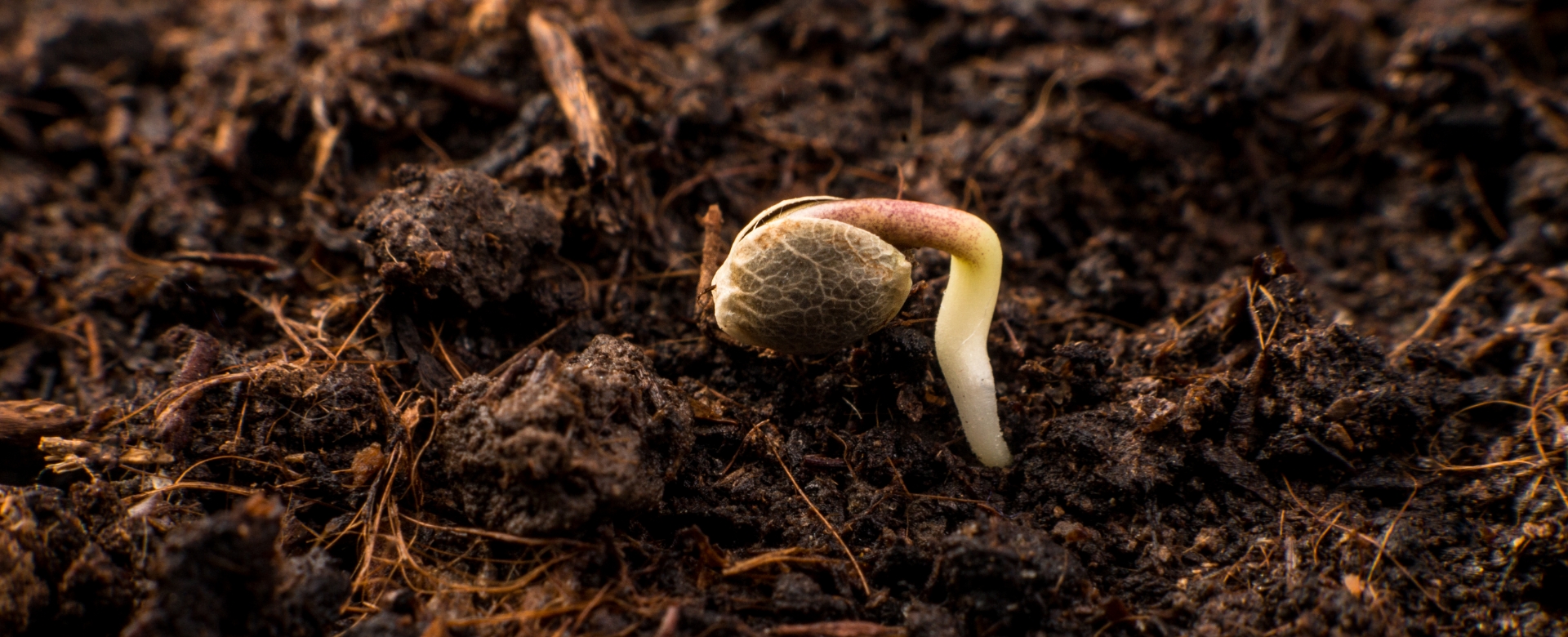Gardening is a rewarding and therapeutic activity that lets us connect with nature and create vibrant landscapes. One key to a successful garden is using proper watering techniques.
After all, gardening is an art, and mastering it starts with understanding the basics, especially watering. This guide will cover best practices for watering your green oasis, like the best time to water plants, helping them thrive and bloom beautifully.
How to Be Watering a Garden
Watering a garden might seem simple, but doing it right takes some skill. The main goal is to give your plants enough moisture without overwatering them. Proper watering promotes deep root growth, resulting in stronger, more resilient plants.
Best Watering Tips for Gardening
Here are some advanced tips to help you perfect garden watering, including the best time to water plants:
Check the Soil
Always check the soil moisture before watering. Stick your finger about an inch deep into the soil. If it feels dry, it’s time to water; if it’s still moist, wait a day or two. This simple step prevents overwatering, which can cause root rot and plant diseases, and ensures plants get the right amount of water.
Water Infrequently, Deeply, and Thoroughly
Watering deeply and less often helps plants develop strong root systems. This technique ensures water reaches the deeper soil layers, promoting healthier growth. As a result, plants become more resilient during dry spells or droughts, relying on the moisture stored in their extensive roots. This practice conserves water and encourages a more self-sufficient garden.
Water in the Morning
The best time to water your plants is early in the morning. This helps reduce the risk of fungal diseases since the foliage dries quickly in the morning sun. Also, watering early ensures plants have water throughout the day when they need it most, keeping them hydrated and healthy during peak sunlight and heat. Sticking to this routine helps promote stronger, more resilient plants.
Keep the Leaves Dry
Wet leaves can cause mold and mildew, which harm plants. Water the base of your plants instead of from above to prevent this. This keeps the leaves dry and healthy, reducing the risk of fungal diseases.
Also, watering the soil directly ensures the roots get enough moisture without encouraging unwanted pathogens on the leaves.
Supplement Your Irrigation System
Even with an automated system, manual checks are important to ensure everything works correctly and nothing is forgotten. During dry periods, extra watering is vital for your plants’ health. This extra step ensures your entire garden gets enough moisture, preventing dry spots and helping your plants thrive. Regular inspections and adjustments can significantly boost your garden’s overall vitality.
Avoid Overwatering
Overwatering can cause root rot, mold growth, and nutrient deficiencies. Pay close attention to your plants’ needs by watching for signs like yellowing leaves or soggy soil. Adjust your watering to give your plants the right amount of moisture without drowning their roots.
Use a Watering Wand or Nozzle
These tools offer improved water control, giving each plant the exact amount of water it needs without waste. By managing water distribution efficiently, they conserve resources and promote healthier plant growth, leading to a more sustainable garden or farming practice. This tool is particularly useful for delicate seedlings and young plants.
Mulch
Mulching helps keep soil moist, reduces weed growth, and maintains stable soil temperatures, making it less vulnerable to extreme weather. Additionally, as mulch decomposes, it improves soil fertility by providing essential nutrients to your plants. It’s an effective and sustainable way to boost your garden’s health and promote strong plant growth.
Water Newly/Transplanted Plants Carefully
New plants need more frequent watering until their roots are established. During this important time, ensure they get enough moisture to support their growth. Pay close attention to their hydration needs, especially in hot or dry weather, and use mulch to retain soil moisture. Regular monitoring and care will help your plants thrive and develop strong roots.
Collect Rainwater
Collecting rainwater with rain barrels is an eco-friendly way to water your garden and reduce your environmental impact. It conserves water by using a natural resource, lowers your water bill, and helps prevent soil erosion from runoff. Plus, rainwater is usually softer and free of chemicals found in tap water, making it a healthier choice for your plants.
What Are the Different Ways to Water a Garden?
There are several methods you can use to water your garden, each with its own benefits. Here are some common techniques for watering plants:
Hand Watering
Hand watering is the simplest method, giving you direct control over the amount of water and location. Ideal for small gardens and pots, it ensures each plant gets the right amount of water. It also lets you inspect plants closely for early signs of disease or pests.
Though time-consuming, the benefits of this personalized care are worth it for avid gardeners.
Sprinkler System
Sprinkler systems automate watering, ensuring even coverage across your garden. They’re ideal for lawns and larger spaces, keeping your grass lush and green.
However, they can be less precise for individual plants needing targeted care. By setting timers and adjusting water pressure, you can optimize sprinkler systems for different garden areas, making them a versatile option for a healthy landscape.
Drip Irrigation
Drip irrigation systems deliver water directly to plant roots, minimizing evaporation and runoff common with other methods. These efficient systems ensure plants get the exact water they need, reducing waste and conserving water.
Ideal for vegetable gardens and flower beds, they promote healthier growth and vibrant blooms. Additionally, drip irrigation helps prevent weed growth by limiting water to areas near the plants.
Soaker Hoses
Soaker hoses release water slowly along their length, making them perfect for rows of plants. These hoses evenly distribute water directly to the roots, ensuring plants get the moisture they need without waste.
Easy to install, they just need to be laid out and connected to a water source, helping to save water by minimizing evaporation and runoff. Soaker hoses can be used in various garden setups, from vegetable patches to flower beds, offering a versatile and efficient irrigation solution.
Rainwater Harvesting
Collecting rainwater in barrels provides a free, sustainable water source for your garden. This method conserves water, lowers utility bills, and benefits the environment.
Rainwater is especially good for plants as it lacks the chemicals in tap water. It’s a great practice for areas with regular rainfall, ensuring your garden thrives even during dry spells.
Automated Irrigation Systems
Automated garden irrigation systems can water your garden at specific times, ensuring consistency and convenience. They can be customized for different plants, adjusting based on weather and soil moisture.
Ideal for busy gardeners, these systems keep your garden healthy and vibrant without daily manual watering.
Flood Irrigation
Flood irrigation involves saturating the garden soil by flooding the area, allowing water to deeply reach plant roots. While effective for some plants, it’s less efficient than drip or sprinkler systems and may not suit all plants, causing overwatering or root rot.
This method can also waste water and is less ideal in water-scarce areas.
Furrow Irrigation
This method involves creating furrows, or trenches, between plant rows and filling them with water. These furrows direct water to the roots, ensuring adequate moisture.
Common in agriculture, particularly in dry climates, it conserves water and promotes efficient irrigation. Farmers prefer this method because it can be easily implemented with minimal equipment and helps maintain soil structure.
Watering a Garden by Season
Different seasons bring unique weather that impacts your plants’ water needs. By understanding these changes, you can adjust your watering schedule to keep your garden healthy and thriving.
Spring
In spring, plants wake from dormancy and need more water for new growth and blossoms. Spring showers often provide sufficient moisture, but young seedlings may need extra water. Water deeply to help strong root development and keep the soil consistently moist but not waterlogged. Using mulch can help retain soil moisture and regulate soil temperature.
Summer
In the hot summer, high evaporation means plants may need more frequent watering. Water early in the morning to reduce evaporation and ensure the plants have enough moisture for the day. Mulch can also help conserve water and keep the soil cool.
Fall
As fall brings cooler temperatures, reduce the frequency of watering. Make sure plants are well-hydrated before the first frost to help them withstand the cold. Gradually taper off the watering to prepare for dormancy. Mulching can protect roots from temperature swings.
Winter
Most plants go dormant in winter and need minimal watering. Protect container plants from freezing, and water them only when necessary. Check soil moisture regularly, as dry winter winds can dehydrate dormant plants. Mulching around plant bases provides extra insulation.
Tips for Watering Container Plants
Container plants can dry out quickly, especially in warm weather. Here are some tips to keep them hydrated and healthy:
- Check Often: Regularly check the soil moisture in your containers, ideally every day. They can dry out faster than garden beds due to the limited soil volume.
- Ensure Drainage: Make sure containers have enough drainage holes to avoid waterlogging, which can lead to root rot. Elevate pots slightly to improve drainage if necessary.
- Use Potting Mix: Choose potting mix specifically designed for containers, as it retains moisture better than garden soil. These mixes often contain peat, vermiculite, or perlite to improve moisture retention.
- Group Plants: Place container plants with similar watering needs together. This makes it easier to manage their water requirements and ensure each plant gets the right amount.
- Self-Watering Pots: Use self-watering pots to maintain consistent moisture levels. These pots have reservoirs that provide a steady supply of water, reducing the frequency of manual watering and preventing drought stress.
Conclusion
Mastering garden watering is essential for lush, healthy plants. Learn proper watering techniques, use efficient irrigation, and adjust with the seasons to give your garden the moisture it needs. A well-watered garden is a happy garden.
Whether you’re new to gardening or experienced, these tips will help you maintain a vibrant, flourishing garden. Ultimately, watering is one of the most important garden tending tasks so make sure to master it!
To get your dream garden started, be sure to visit one of our locations!
FAQs
However, if you have a drip irrigation system that delivers water directly to the roots and keeps leaves dry, watering at night may be acceptable. Always monitor your plants for signs of overwatering or disease. So, it is better to avoid watering at night.




